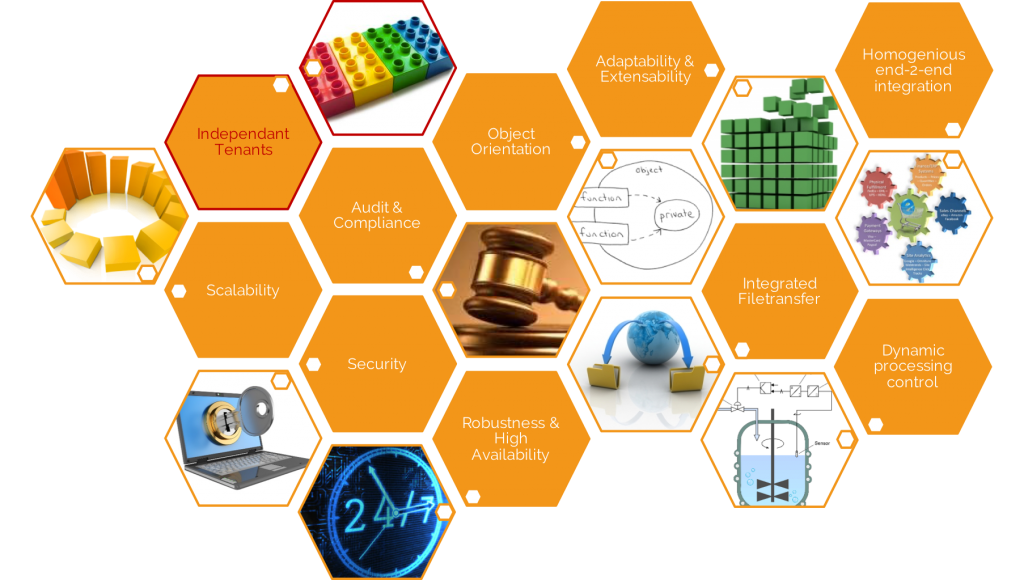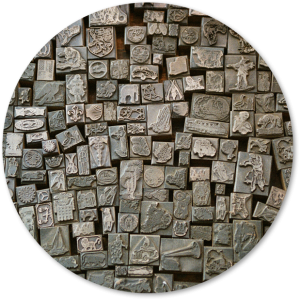Managing Tenants in Automation

Infograph: Automation - Multi-Tenancy and Multi-Client
This post is part of the "Automation-Orchestration" architecture series. Posts of this series together comprise a whitepaper on Automation and Orchestration for Innovative IT-aaS Architectures.
Another decision one needs to make during the selection process is whether the automation platform needs to support multi tenant and/or multi client capability. How you choose can have a significant financial impact.
Multi tenancy versus multi-client
Multi tenancy is closely related to the Cloud. Although not strictly a cloud pattern, multi tenancy has become one of the most discussed topics in application and service architectures due to the rise of Cloud Computing. That is, because multi tenancy eventually enables one of the essential cloud characteristics, namely: virtually endless scaling and resource pooling.
Multi-tenancy
Multi tenancy partitions an application into virtual units. Each virtual unit serves one customer while being executed within a shared environment together with the other tenants’ units. It doesn’t interact or conflict with other virtual units nor can a single virtual unit remove all resources from the shared environment in case of malfunction (resource pooling, resource sharing).
Multi-client
In contrast, a multi-client system is able to split an application into logical environments by separating functionality, management, object storage, and permission layers. This enables setting up a server that allows logons by different users with each user having their separate working environment while sharing common resources – file system, CPU, memory. However, in this environment, there remains the possibility of users impacting each other’s work.
Importance of Multi tenancy and Multi Client
These concepts are critical because of the need to provide separated working environments, object stores, automation flows for different customers or business lines. Therefore, one should be looking for an automation solution which supports this capability out-of-the-box. In certain circumstances you may not require strict customer segregation or the ability to offer pooling and sharing of resources out of one single environment. This clear differentiation might become a cost-influencing factor in certain cases.
Independent units within one system
Whether your automation solution needs to be multi-tenant or not depends on the business case and usage scenario. Normally in enterprise environments having major systems running on-premises, multi-tenancy is not a major requirement in an automation solution. Experience shows that when automation systems are shared between multiple organizational units or are automating multiple customers’ IT landscapes in an outsourcing scenario, multi-tenancy isn’t required since management of all units and customers is controlled through the central administration and architecture.
Multi-client capabilities, though, are indeed a necessity in an enterprise ready automation solution, as users of multiple different organizations want to work within the automation environment.
Multi-client capabilities would include the ability to:
- Split a single automation solution instance into up to 1,000++ different logical units (clients)
- Add clients on demand without downtime or without changing underlying infrastructure
- Segregate object permission by client and enable user assignment to clients
- Segregate automation objects and enable assignment to specific clients
- Allow for automation execution delegation of centrally implemented automation workflows by simply assigning them to the specific clients (assuming the specific permissions have been set)
- Re-use automation artifacts between clients (including clear and easy to use permission management)
- Share use of resources across clients (but not necessarily for secure and scalable resource pooling across clients; see differentiation above)
Segregation of duties
Having multiple clients within one automation solution instance enables servicing of multiple external as well as internal customers. This allows for quick adaptation to changing business needs. Each client can define separate automation templates, security regulations, and access to surrounding infrastructure. Having a simple transport/delegation mechanism between clients at hand, allows to implement a multi-staging concept for the automation solution




